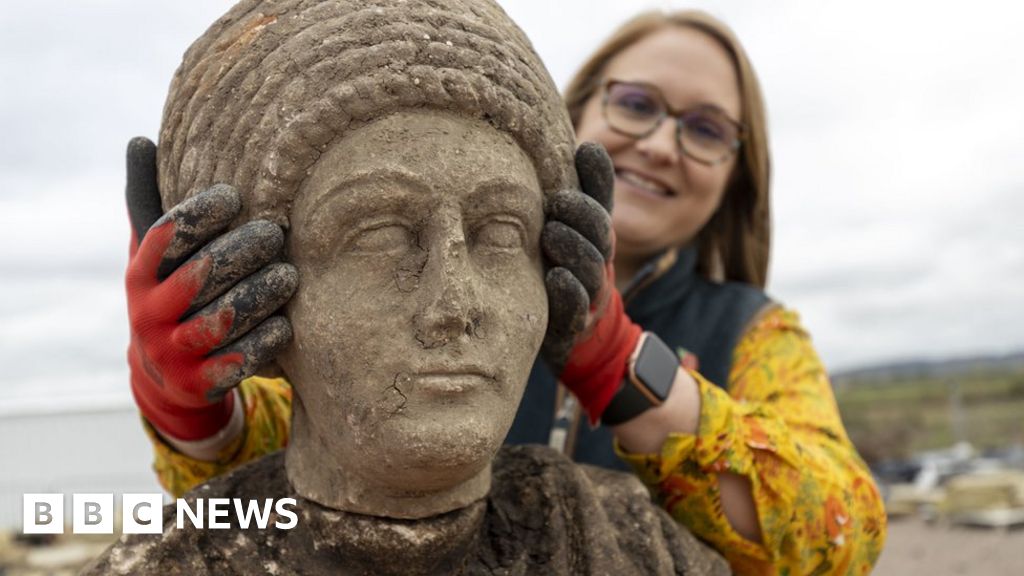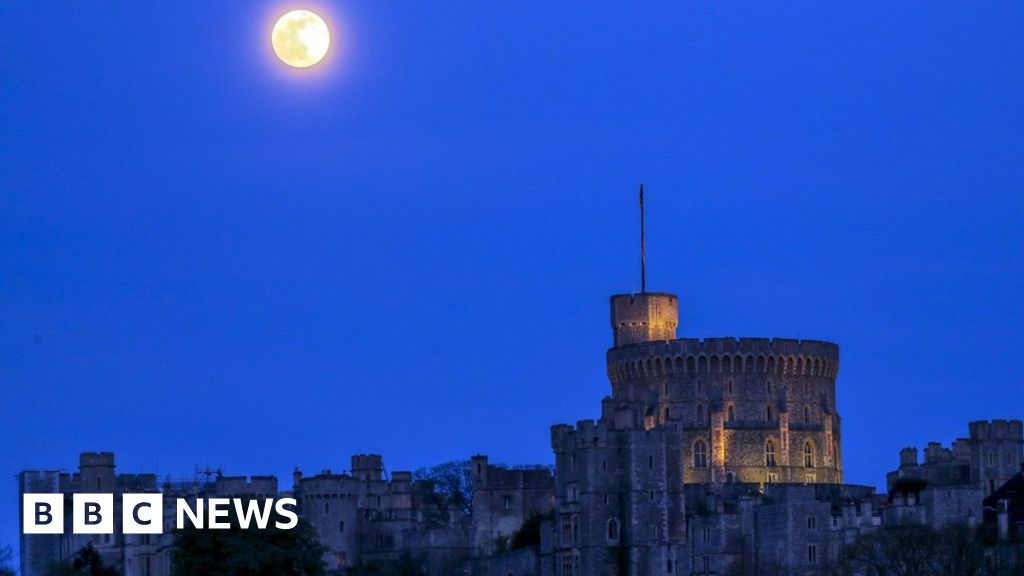
The Shard
| Use attributes for filter ! | |
| Address | 32 London Bridge St, London SE1 9SG, United Kingdom |
|---|---|
| Height | 30600 (cm) |
| Floors | 95 |
| Cost | ~£435,023,452 (contract cost only) |
| Architects | Renzo Piano |
| Did you know | The Shard may be the most famous, but the views from across the river are just as good and free. |
| Date of Reg. | |
| Date of Upd. | |
| ID | 1401510 |
About The Shard
The Shard, also referred to as the Shard of Glass, Shard London Bridge and formerly London Bridge Tower, is a 95-storey supertall skyscraper, designed by the Italian architect Renzo Piano, in Southwark, London, that forms part of the Shard Quarter development.
Mount Taranaki: Climber survives 600m fall with minor injuries

... It is also nearly twice the height of The Shard in London which stretches 309m into the sky...
England's archaeological history gathers dust as museums fill up

... was unearthed during a regeneration project near The Shard in Southwark and archaeologists working on the route of the HS2 high-speed railway found...
Charles charity cash donation 'would not happen again'

... As head of Qatar s sovereign wealth fund, he had been called " the man who bought London" after investments in landmark properties and businesses such as The Shard and Harrods...
Fireworks and Big Ben mark subdued UK new year amid Covid spread

... Instead, a series of locations around the capital including The Shard, Millennium Bridge and St Paul s Cathedral were used as backdrops for smaller light and drone shows as well as traditional fireworks...
Does the skyscraper still have a future?

... There has to be a good reason to build a 500-metre building, says Kamran Moazami, a managing director of WSP, whose portfolio includes the tallest building in London (The Shard), the tallest in the US (One World Trade Center) and tallest in Asia (Shanghai Tower)...
Why giant turbines are pushing the limits of possibility

... The turbine itself has a rotor diameter of 236m (London s tallest building, The Shard, is 310m tall)...
Pink Moon: Europe, lit up by the moon light show

... Here, the moon is at the top of Windsor Castle, seen on Tuesday evening A bright glow that was thrown in to central London to watch the city, social-distancing measures of The pink moon rises over The Shard skyscraper in London will be The scene in Mow Cop in Staffordshire...
Clap for carers: the UK commends the NHS and other key persons

... A string of buildings including The Shard in London and Windsor Castle in Berkshire, were illuminated in blue to mark the moment...
England's archaeological history gathers dust as museums fill up
By Patrick HughesBBC News Climate and Science
Troves of ancient artefacts unearthed during building and infrastructure works are gathering dust in warehouses as England's museums run out of space, The Bbc has learned.
Archaeologists say this is a missed opportunity for people to learn about their history and heritage.
The objects range from fine Roman metalwork to Bronze Age pottery.
They are discovered by archaeological contractors whom developers hire before clearing sites for construction.
Many of our most important historical discoveries now come from such contractors, known as 'commercial archaeologists'.
was unearthed during a regeneration project near The Shard in Southwark and archaeologists working on the route of the HS2 high-speed railway found.
But Historic England says that museums could soon run out of room for such artefacts. A report commissioned by The Public body and Arts Council England shows that unless they acquire more storage space, the amount of material Coming Out of the ground will soon be greater than the space available to store it.
" The Clock is Ticking - we have four or five years before we really do start seeing massive problems, " said Barney Sloane, national director of specialist services at Historic England .
" The potential of archaeological archives is really rich, " He Said . " It would be a massive shame if we couldn't find a way of making sure they are protected for The Future . "
While the management of archaeological finds differs between Scotland, Wales and Northern Ireland , all three countries have also reported similar problems with storage.
Many museums have already stopped collecting archaeological archives. This means that they remain out of sight of The Public , although many contractors provide access to researchers who want to study them.
" There's literally nowhere to put them, " said Tom Booth , a researcher at the Crick Institute who works with museums to access samples for research. He added that a lack of dedicated archaeological curators, due to funding, added to The Problem .
" If there's not an archaeological curator at a museum, they might not be as keen to take it on because they don't feel they could look after [the finds] properly, " He Said .
Fewer than half of museums in England now have an archaeological curator, according to The Society of Museum Archaeologists.
Already, at least a quarter of the excavations undertaken by archaeological contractors in England produce collections that never find their way to a museum, according to Historic England and Arts Council England.
That means contractors are left holding the bag when It Comes to storing them, but are ill-equipped to show what they have found to The Public , even though some do try to make objects available to local communities.
" We have a small visitor centre at our office where people can come and view some of the archival material, " said Victoria Sands of The Colchester Archaeology Trust, a charity which also does contract work and discovered The Site of a Roman circus. " But obviously we're not a museum, it's not on permanent display or anything like that. "
Historic England , along with Arts Council England and National Trust, are in early talks to advise government on The Creation of a national archive that they say could solve the issue of storage for The Next 100 years. It remains to be seen whether government will commit funding to that solution.
Historic England say they are concerned that if storage space runs out, councils may no longer be able to compel developers to excavate sites of archaeological interest, meaning a lot of history could be lost forever.
One novel solution to The Storage problem has been to put finds back where they came - Underground .
Cambridgeshire County Council has turned to Deepstore, an Underground storage company located in a former salt mine in Cheshire, which gives them boundless space to keep their 20,000 boxes of historical artefacts, which they can recall As Needed .
A project called run by the University of Cambridge has requested hundreds of boxes of Human Remains from their collection at Deepstore that came from burials at The Hospital of St. John in Cambridge.
That project used cutting-edge techniques to learn more about the consequences of the Black Death in Cambridge, including how epidemic diseases affect our evolution, and found the First Direct archaeological evidence of The Plague in Britain.
" That benefits medicine, it benefits Genetics - it's not just about heritage, " said Mr Sloane of Historic England .
Finds from the stores can also be loaned out to museums for temporary exhibitions, like the current showing of goods from Two Graves at The Burial site of a possible Saxon princess on display at Ely Museum . That exhibition uses finds from The Collection in Deepstore, including an ancient brooch and amethyst beads from a necklace.
" The whole point of storing this material is to tell stories about it and to show it to people and make them aware of their own history, " said Sally Croft, archives manager for Cambridgeshire County Council. " And you can only do that by putting it on display and allowing people to see it. "
Related TopicsSource of news: bbc.com

